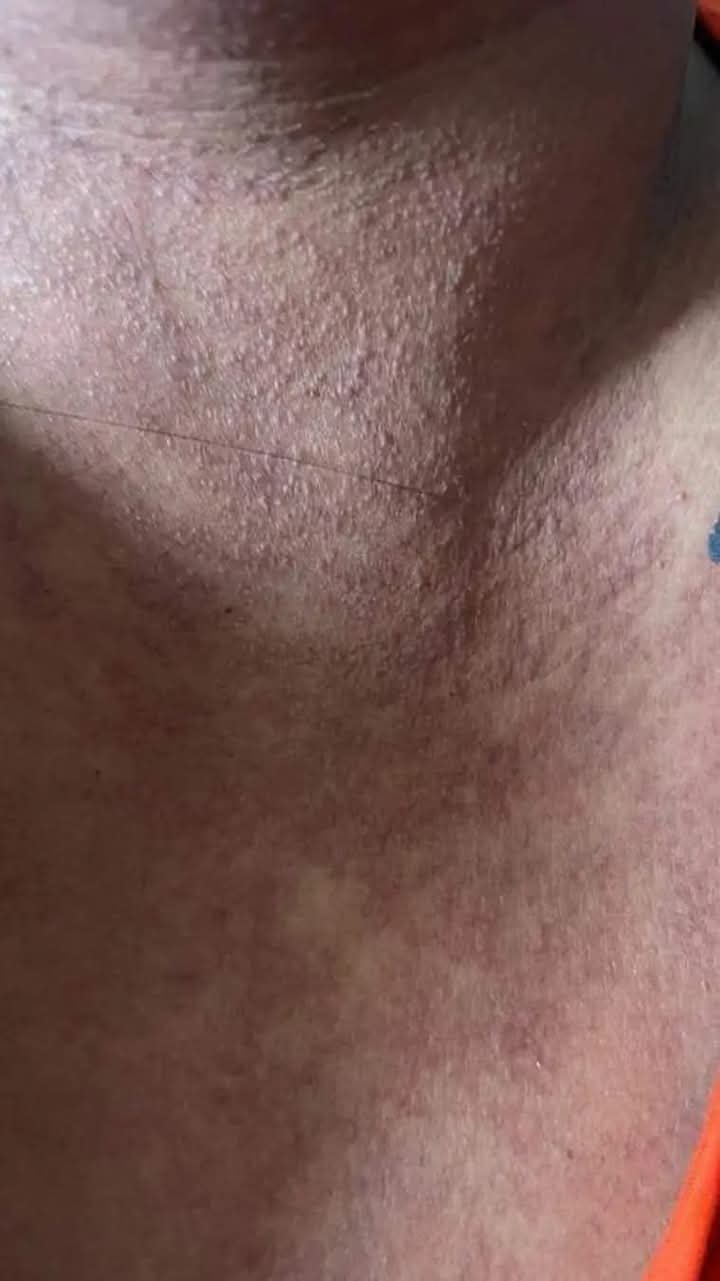A Rare but Fatal Complication of Blood Transfusion: TA-GVHD
Dr. Khairul Islam (MBBS, MCPS, FCPS), a distinguished gold medalist in FCPS Medicine, is not only a highly qualified specialist but also an exceptional clinician with strong academic and humanitarian values. He frequently shares intriguing clinical cases, fostering an environment for intellectual growth and enhancing diagnostic thinking.
Recently, he shared a case that highlights the importance of meticulous history-taking and the potential fatality of a rare transfusion-related complication.
Case Presentation
A 29-year-old woman developed a fever a few days after undergoing a cesarean section and sought medical attention in the gynecology department. Soon after, she also experienced diarrhea. Suspecting an underlying infection, the attending physicians advised hospital admission. Examination revealed slight moisture at the surgical wound site, raising concerns about a localized infection. Empirical antibiotics were initiated; however, the patient's condition did not improve.
Subsequently, she developed a widespread rash on her chest, back, and neck. The gynecologist suspected an antibiotic-induced drug reaction and discontinued the medication. Wound swab culture yielded no bacterial growth. Despite several changes in antibiotics and extensive laboratory investigations, including blood culture, tuberculosis screening, and dengue testing (which was negative with a normal platelet count), no definitive cause of fever was identified.
Meanwhile, her complete blood count (CBC) revealed a progressive decline in white blood cell (WBC) count. She developed jaundice, elevated bilirubin levels, and hypoalbuminemia, which persisted despite albumin supplementation. Additional tests, including Procalcitonin, HBsAg, and Anti-HCV, were normal. Despite intensive treatment, the patient showed no signs of recovery, leading to concerns about impending septicemia and multi-organ failure.
At this critical stage, Dr. Khairul Islam was consulted. Upon reviewing the case from the beginning and carefully analyzing the history, he identified a crucial clue that led to the diagnosis. He also shared a photo of the patient's rash with me.

Diagnostic Breakthrough: TA-GVHD
Recognizing the pattern of symptoms, I recalled similar cases discussed by renowned hematologist Prof. Dr. Akhil Ranjon Biswas on the Haematology Society of Bangladesh’s website. The patient’s rash closely resembled those cases. I asked Dr. Khairul if his diagnosis was Blood Transfusion-Associated Graft-Versus-Host Disease (TA-GVHD).
Dr. Khairul confirmed the diagnosis, revealing a vital piece of information that had been previously overlooked—the patient had received a blood transfusion from her own biological brother during the cesarean section. Since all previous diagnostic efforts had focused on post-cesarean infectious causes, this key detail had been missed.
TA-GVHD occurs when transfused donor T cells recognize the recipient’s tissues as foreign and mount an immune attack, leading to multi-organ damage. One of the hallmark signs is persistent hypoalbuminemia due to protein-losing enteropathy, which was evident in this patient.
Unfortunately, TA-GVHD has a mortality rate exceeding 90%, even in developed healthcare settings. The patient’s last CBC showed:
WBC: 230/µL
Neutrophils: 08%
Lymphocytes: 90%
ESR: 45 mm/hr
She was transferred to the hematology ward, where Prof. Dr. Akhil Ranjon Biswas was on rounds. Sadly, by the time we reached her bed, she had already succumbed to the disease.
May Allah grant her eternal peace.
Clinical Lessons and Public Awareness
Dr. Khairul previously diagnosed another case of TA-GVHD in a patient who developed a fever and rash after open-heart surgery. That patient had received a transfusion from a close relative and, unfortunately, also did not survive.
Key Takeaways:
- Avoid Blood Transfusion from Close Relatives:
TA-GVHD occurs due to partial HLA matching between close relatives.
The recipient's immune system fails to recognize donor T cells as foreign, allowing them to proliferate and attack host tissues.
The mortality rate exceeds 90%, making it one of the deadliest transfusion-related complications.
- High-Risk Patients:
Immunocompromised patients are at greatest risk, but even seemingly healthy recipients can develop TA-GVHD in rare cases.
Symptoms typically appear 2 to 30 days after transfusion.
- Emergency Transfusion Protocol:
If no other donor is available, irradiation of blood before transfusion can prevent TA-GVHD by inactivating donor T cells.
Understanding TA-GVHD in Simple Terms
Imagine an armed force (recipient’s immune system) guarding a country's borders. If an enemy enters wearing the same uniform as the local troops, the guards will not recognize them as foreign and will not attack. However, the disguised intruders will eventually turn against the native citizens.
Border guards (Recipient’s immune system) = Host T cells
Disguised invaders (Transfused T cells) = Donor T cells
Civilian casualties = Multi-organ damage and eventual fatality
Thus, in TA-GVHD, donor T cells attack the recipient’s tissues, leading to an aggressive immune reaction that the host cannot defend against.
Final Thoughts
Knowledge grows by sharing, not by saving. This case serves as a vital reminder for clinicians and the general public alike:
Never accept blood from close relatives unless absolutely necessary.
If required, always use irradiated blood.
Maintain a high index of suspicion for TA-GVHD in post-transfusion fever with rash, pancytopenia, and multi-organ dysfunction.
Stay informed and spread awareness—because prevention is the only cure for TA-GVHD.
Posted Using INLEO
Congratulations @nayimk! You have completed the following achievement on the Hive blockchain And have been rewarded with New badge(s)
Your next target is to reach 200 comments.
You can view your badges on your board and compare yourself to others in the Ranking
If you no longer want to receive notifications, reply to this comment with the word
STOPHello,
Before publishing any content, could you please read these guides:
Hive Guide 101: Hive 101
AI Guide: AI-Generated Content = Not Original Content
Plagiarism Guide: Why and How People Abuse and Plagiarise
Thank you.